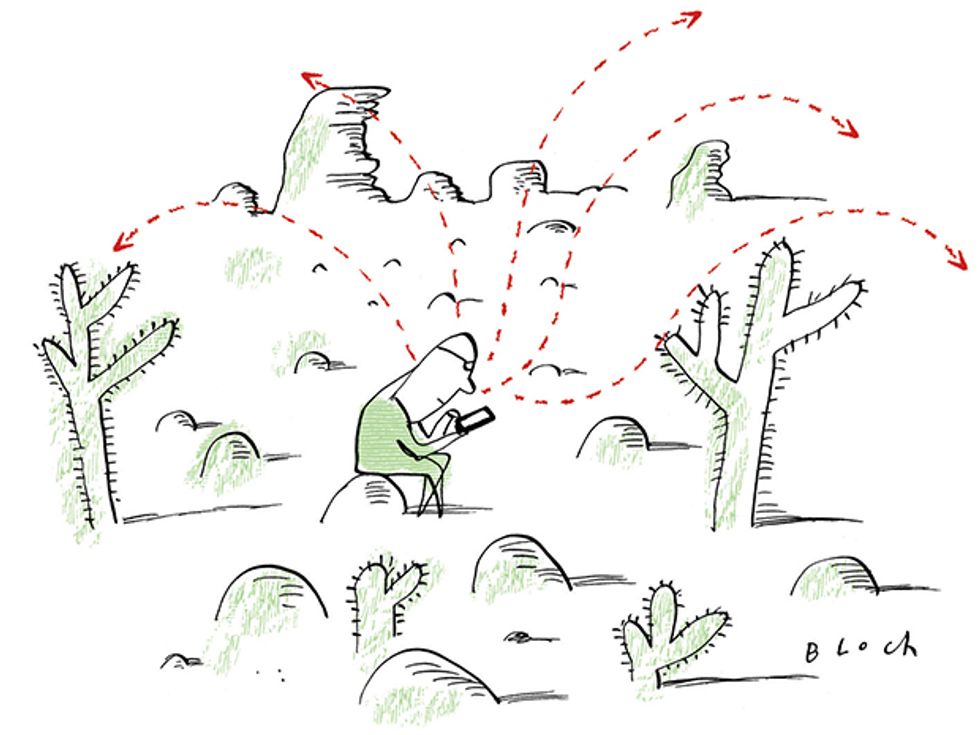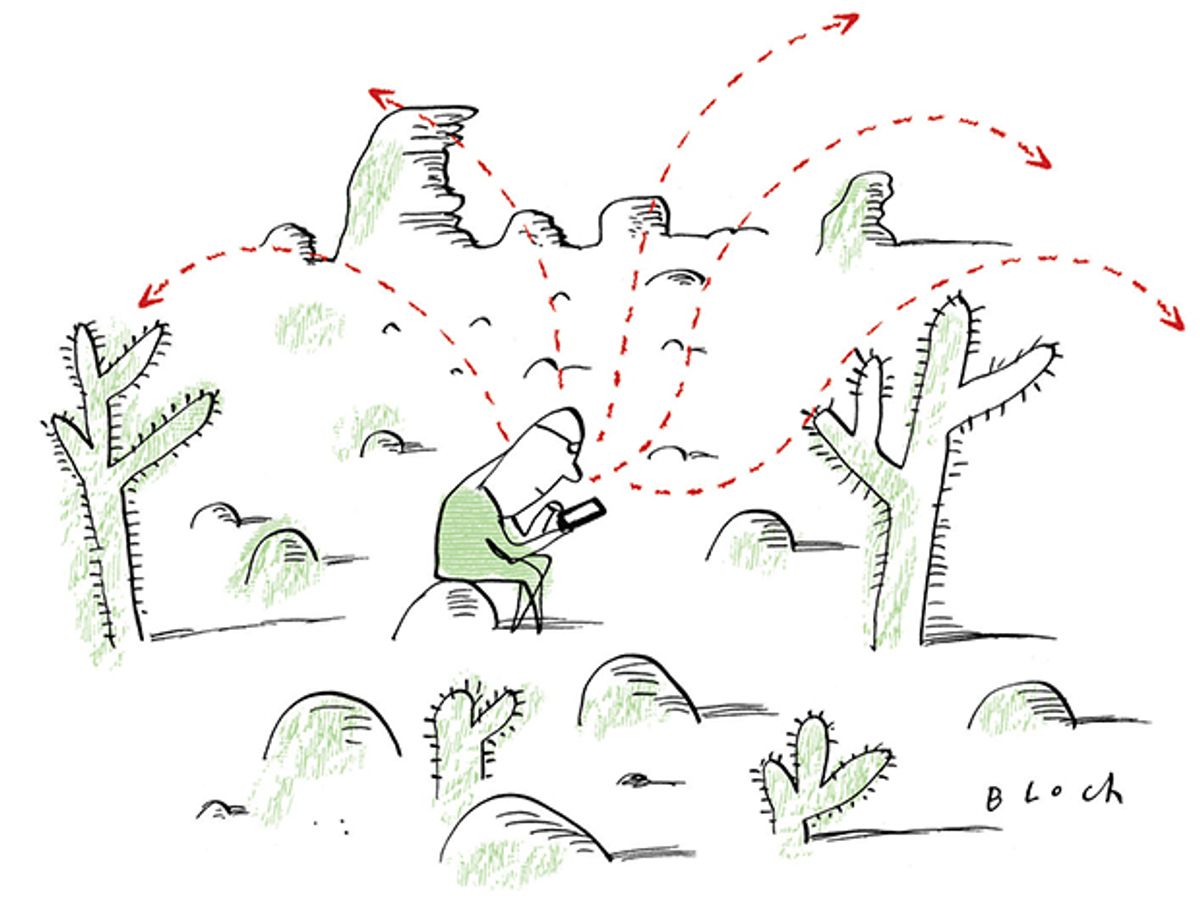
In the season finale of HBO’s television series “Silicon Valley,” fictional startup company Pied Piper’s attempt to create a decentralized Internet appears to have failed spectacularly, thanks to mobile-phone explosions and a disastrous attempt to move a server. But then the distraught founders discover that their network is actually ticking along just fine. How? It turns out that the network has jumped to smart refrigerators. Now that’s resilient!
The Internet of Refrigerators is, of course, fiction. But could an Internet that is this resilient—or nearly so—become a reality? Mozilla and the U.S. National Science Foundation think it’s possible, and they aim to accelerate its creation by offering US $2 million in prize money to the teams that invent it—or at least get close.
“We’ve picked two of the most challenging situations in which people are disconnected from the Internet,” Mozilla program manager Mehan Jayasuriya told me. These are “connecting people in the U.S. who don’t have reliable or affordable Internet, and connecting people as quickly as possible after a major disaster, when the traditional networks go down.”
Mozilla and the NSF are addressing that first group—an estimated 34 million people—with the “Smart-Community Networks Challenge.” It seeks wireless technology designed to enhance Internet connectivity by building on top of existing infrastructure.
For the second group, there’s the “Off-the-Grid Internet Challenge.” This contest is seeking technology that can be quickly deployed after a disaster to allow people to communicate if and when Internet access is gone.
The teams submit initial designs and then, later, working prototypes. Prizes at the design stage range from $10,000 to $60,000. At the working prototype stage, the stakes range from $50,000 to $400,000, with a top award given for each challenge category.
“A lot of projects out there address some parts of these problems,” says Jayasuriya. “With $2 million on the table, we are hoping this challenge encourages people to fill their technologies out.”
Were HBO’s Pied Piper an actual company, it would have a decent chance at winning some of that cash. Says Jayasuriya: “It’s the kind of thing we are looking for—a big idea, a crazy idea, an idea about how you piggyback on things that already exist. Pied Piper’s approach is like that, looking at all the phones out there and thinking that these phones have radios, and power, and CPUs, so why wouldn’t you take them and turn them into nodes on a network?”
Jayasuriya is hopeful that the contest will lead to real change. Because the structure of the competition is intended to push design teams to build working prototypes, the winner, with up to $460,000 in seed money, will be well positioned to attract partnerships or investment capital and get the product out into the world, he says.
Judging criteria for both challenges include affordability, feasibility, social impact, and scalability. Off-the-grid technology also has to be portable and have a portable power source. For the smart-community-networks technology, density, range, bandwidth, and security will be considered. Potential entrants must submit an “intent to apply” form by 15 October 2017; the whole thing wraps up in August of next year.
A version of this article appears in our View From the Valley blog.
